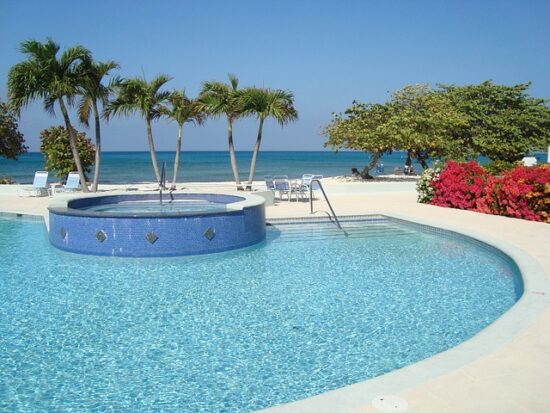Grand Cayman Island is the biggest and most famous of the Cayman Islands, situated in the western region of the Caribbean Sea. Along with the other two; the Cayman Brac and Little Cayman, Grand Cayman is considered to be a British Overseas Territory. Having the best tropical climate and pristine sandy beaches, it is one of the top destinations to go for a relaxing vacation.

The Beaches
One of the prime attractions on the island is called the Seven Mile Beach, which stretches from George Town to West Bay. This impressive white sand beach is where you can find most of the luxury resorts and hotels. The reef around the waters of the island lessens the strength of the currents to create calmer water ideal for swimming, snorkeling and other water activities.
If you want to explore another beach, then head out to Boatswain’s Beach, which is also the site for the Cayman Turtle Farm, and features thousands of turtles in various sizes. The laid back white-sand Kaibo beach is the perfect choice for people who want to get away from large tourist crowds and are looking for a less expensive dining and drinking experience.
Diving and Snorkeling
Grand Cayman Island is known to have rich colorful reefs, diverse marine life and ocean walls that are close to shore. All these elements make the waters around the island highly suitable for snorkeling and diving. With diving, you won’t only have the chance to marvel at ocean creatures, you also have the chance to inspect shipwrecks up close. One of the major shipwrecks in the area is the USS Kittiwake. One of the most popular spots that you must visit is called Stingray City, which gives you the opportunity to swim with large harmless stingrays. Another great snorkeling spot is the Rum Point, which is composed of very shallow sand flats within a marine park.
Other Attractions
Grand Cayman Island caters to nature lovers with its forests, and parks made accessible to visitors. The terrain to the Queen Elizabeth II Botanic Park make it possible for you to have a leisurely and pleasant walk around the park while marveling at more than 200 species of plants and flowers native to the island. If you get lucky, you may be able to catch a glimpse of the endangered yet elusive Blue Iguana.
You can explore the luscious forests in the middle of the island through the hiking trail known as the Mastic Trail. If you do not want to go for a forest adventure on your own, you can enlist with one of the touring companies that provide weekly guided excursions on the island. Most tours will include a stop in Hell, West Bay, where black formations created by volcanic eruptions, resembles the appearance of Hell as depicted in the bible.
Another interesting historical site is East End Lighthouse, which is the centerpiece of a park that bears the same name. This lighthouse is considered the first one that serves as a navigational aid to seafarers. There are also historical sites on the island that are worth exploring. One of these sites is the Pedro St. James National Historic Site, which was a perfectly restored stone structure originally built in 1780.
